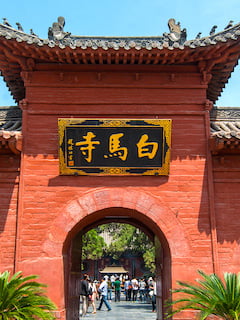
As one of the Four Great Ancient Capitals of China, Luoyang has many ancient heritages, among them Longmen Grottoes and White Horse Temple are the most famous and most important ones. If you are interested in Chinese history, do not miss the Luoyang Museum and Ancient Tombs Museum. The famous Shaolin Temple is about 70 km to the east.
For luxury travelers, there is only one international brand hotel in town, Hyatt Place. Even though it is a 4* hotel, compared with the other local 5* hotels, it is the best choice.







